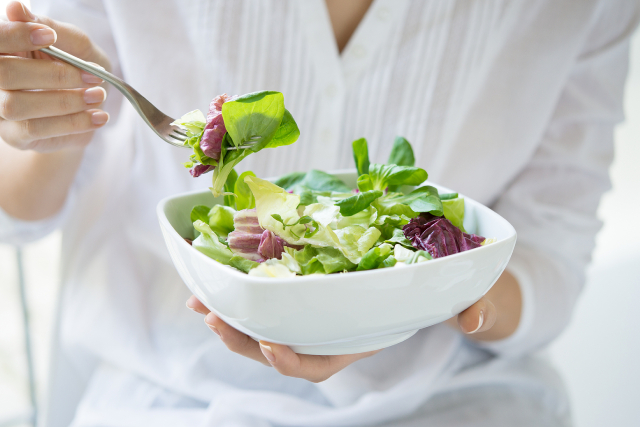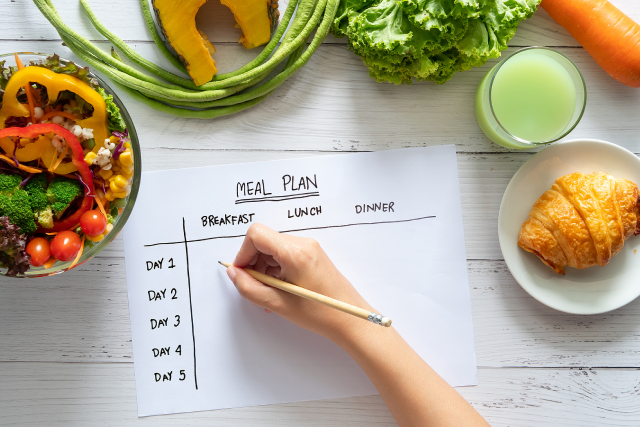Discover the Most Effective Strategies for Rapid Weight Loss
In today’s fast-paced world, achieving quick weight loss has become a common goal for many. Whether it’s for an upcoming event or simply to boost self-confidence, the desire to shed pounds rapidly can be overwhelming. However, it’s essential to approach this goal safely and sustainably. This article will explore the most effective and scientifically supported strategies for rapid weight loss, helping you achieve your slimming goals without compromising your health.
Understanding Rapid Weight Loss
Before diving into specific methods, it’s crucial to understand what rapid weight loss entails. Generally, rapid weight loss refers to losing around 1 kilogram per week. While this may seem appealing, it’s important to note that losing weight too quickly can lead to muscle loss, nutritional deficiencies, and a higher likelihood of regaining the weight.
The Role of Diet in Fast Weight Loss
One of the most critical factors in rapid weight loss is your diet. A well-structured diet plan can significantly accelerate the process:
1. Calorie Deficit: To lose weight, you must consume fewer calories than your body burns. Creating a calorie deficit of 500-1000 calories per day can lead to a safe weight loss of about 1 kilogram per week. Meal planning can aid you in keeping track of everything you consume.
2. Low-Carb Diets: Reducing your intake of carbohydrates can help you lose weight quickly by reducing water retention and suppressing appetite. Diets like the ketogenic diet are particularly effective for rapid weight loss.
3. High-Protein Diet: Increasing your protein intake can boost metabolism, reduce appetite, and preserve muscle mass during weight loss.
4. Incorporate Fibre: High-fibre foods like vegetables, fruits, and whole grains can promote feelings of fullness, helping you eat fewer calories.
Exercise: A Key Component
While diet plays a significant role, exercise is crucial for rapid weight loss:
1. High-Intensity Interval Training (HIIT): HIIT involves short bursts of intense exercise followed by brief rest periods. This type of workout is highly effective for burning fat and increasing metabolism.
2. Strength Training: Lifting weights helps maintain muscle mass while losing fat. The more muscle you have, the more calories your body burns, even at rest.
3. Cardio Workouts: Incorporating cardio exercises like running, cycling, or swimming can increase calorie expenditure and accelerate weight loss.
The Role of TCM in Weight Loss
Traditional Chinese Medicine (TCM) offers unique approaches to weight loss that are gaining popularity. TCM weight loss treatments focus on balancing the body’s energy, known as “Qi,” and improving digestion and metabolism.
Importance of Hydration and Sleep
Often overlooked, hydration and sleep play crucial roles in weight loss:
1. Hydration: Drinking plenty of water can aid weight loss by boosting metabolism and reducing hunger. It’s recommended to drink water before meals to help control appetite.
2. Sleep: Lack of sleep can disrupt hormones that regulate appetite, leading to increased hunger and cravings. Aim for 7-8 hours of sleep per night to support your weight loss efforts.
Why Professional Support Matters
Professional support can significantly enhance your weight loss journey by offering personalised programs tailored to your specific needs and goals. Consulting with a professional like Slim Couture provides you with a customised plan and ongoing monitoring to track your progress, adjust strategies as needed, and keep you motivated throughout the process.
Conclusion
Achieving rapid weight loss requires a balanced approach that combines a healthy diet, regular exercise, and, if desired, TCM weight loss treatments. However, it’s crucial to prioritise your health and opt for sustainable methods that will help you maintain your results long-term.
For those seeking expert guidance, Slim Couture offers comprehensive Singapore weight loss treatment options designed to help you achieve your goals safely and effectively. Whether it’s for an upcoming event or simply to boost self-confidence, Slim Couture can help you on your journey to a healthier, slimmer you!
For more information, contact us today!







